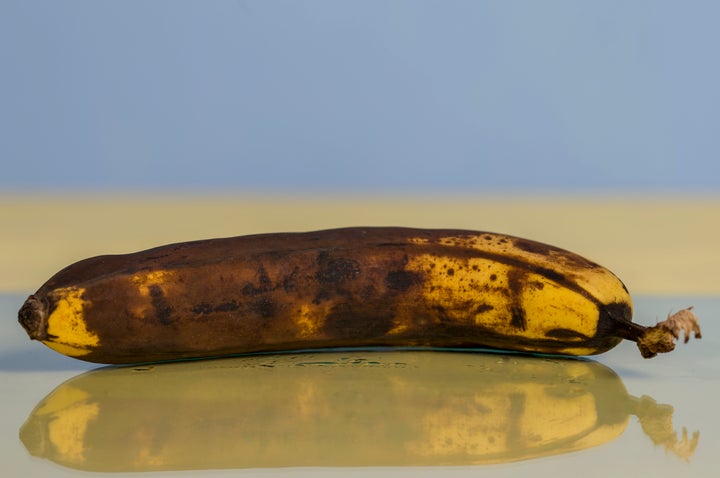
Move over Myers-Briggs, there’s a new test for us to define ourselves by.
The food disgust test, created by Christina Hartmann and Michael Siegrist at the Technical University of Zurich, was created following their discovery that people’s feelings of disgust surrounding food can be broken down into eight categories.
People have been sharing their test results on social media, ranging from having very low levels of food disgust, to being repulsed by everything from brown, spotted bananas to the idea of eating sushi – and it’s been pretty eye-opening to watch the scores fly in.
People taking the test have to respond to 32 statements about food, using a scale where they can slide across from ‘disagree strongly’ to ‘agree strongly’.
At the end, they learn what disgusts them the most and least surrounding food with a specific ‘food disgust score’.
The test went viral after a Twitter account shared a link to it, saying it was “ten thousand times more fun” than the Myers-Briggs test – and encouraged others to share theirs.
Before long, people were attempting to out-gross each other with their lowest scores. The original poster said the lowest score they’d seen was 14.8%.
What are the food disgust scales?
The test is based on eight distinct scales of food disgust.
First, there is animal flesh. This is one that can be experienced even by meat eaters as it is the tendency to feel disgust at the less commonly eaten parts of animals. Think organs, jaws and snouts.
It can also be the odours of flesh being cooked or even just seeing the animals more identifying features such as faces and eyes and being reminded of humans.
Next is hygiene. Specifically, the sanitation surrounding food preparation and intake. People who are mostly disgusted by hygiene may be put off their food if they notice stains on utensils or slightly dirty plates.
Third on the list is human contamination – which may feel particularly relevant following the pandemic as this pertains to sharing cutlery or food with others. People with a high result of this trait may feel disgust when others have touched their food or drink.
The Food Standards Agency advises against eating any food that has mould on it, and for those with mould disgust, there is no risk of that.
People who experience mould disgust may experience nausea just at the thought of eating something that once had mould on it or at moulds that are produced under controlled circumstances to elevate the tastes of certain foods (like blue cheese).

If you can’t tolerate bananas once they have brown spots on them or throw away carrots when they’re not completely firm, you may have decaying fruit and vegetable disgust.
For fruits this means they have black or brown spots or are unusually soft to the touch and for vegetables, this can mean discolouration, scratches or pressure marks.
The study by Hartmann and Siegrist observes that decaying vegetable disgust often originates in childhood and is difficult to change in later life.
Feel nauseated every time you’re near a fish counter? Your food disgust might simply be fish. Food disgust sensitivity around fish tends to make people feel nauseated when they smell fish or eat raw fish meat – such as sushi.
If you’d be put off your salad if you saw a snail on it, you might have food disgust surrounding insect contaminants. People who are higher on this scale feel disgusted when bugs, worms and/or insects are associated with food. Even just seeing a bug while eating can be enough to kill their appetite.
What’s your food disgust level? Take the test for yourself and find out.